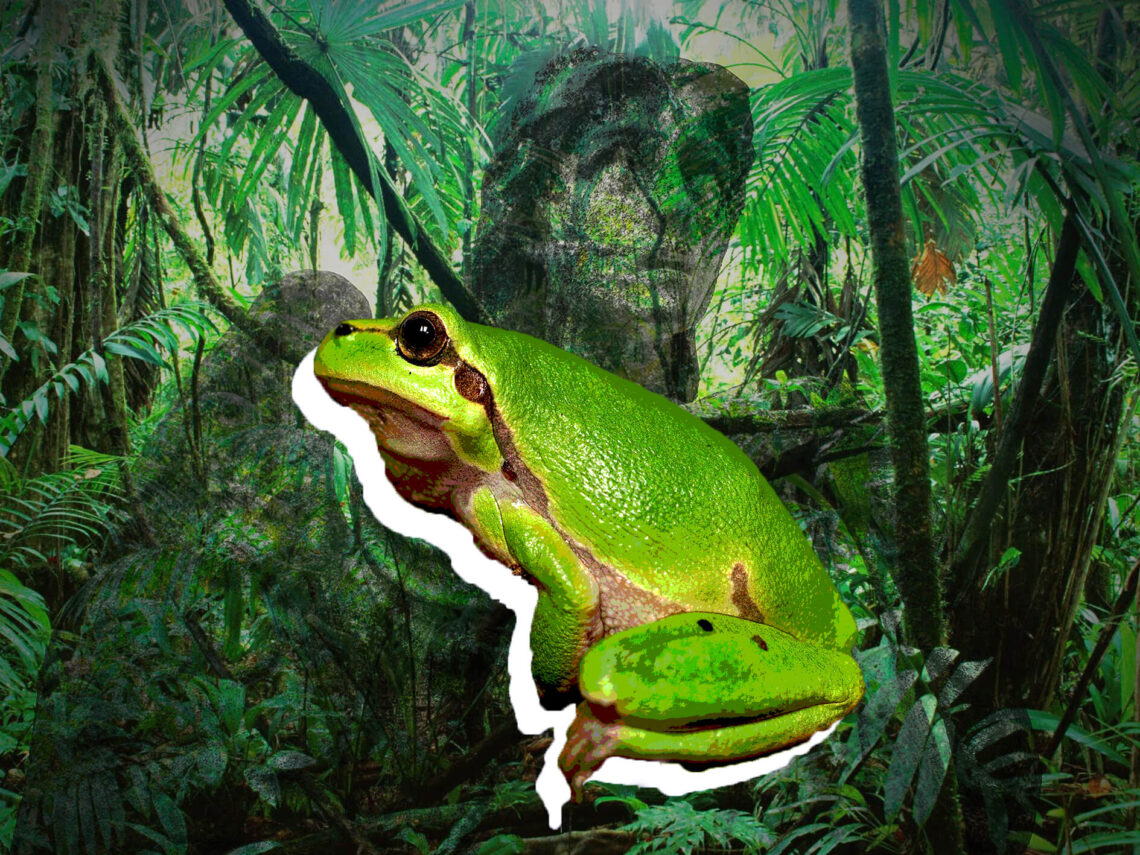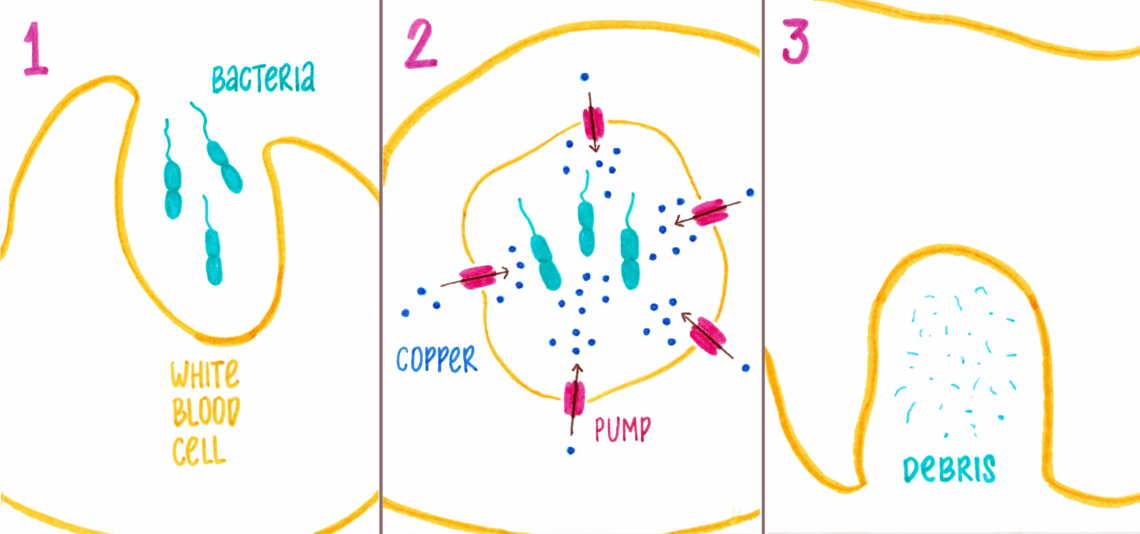What is it like to work at NASA? Are you as inspired by the movie Hidden Figures as I was? Meet Holly Griffith, a real life engineer who works at NASA. Listen to her talk about what she does at NASA, life as a #WomanInSTEM, and the most nerve wracking thing she has ever done at work! © Sheba AJ , Holly Griffith This work is licensed under a Creative Commons Attribution-NonCommercial 4.0 International License.
-
-
A microbe protects frogs from an infectious one. A lucky frog sits on a leaf in the highlands of Panama. Of all the frogs in its little community, it was one of only a handful that survived a deadly plague. Now, you could think that the frog was innately immune and was able to fight off the potent fungus called Batrachochytrium dendrobatidis. If you thought that, you’d be wrong. The frog wasn’t immune at all, but it did have a guardian, protecting it from the ravages of the plague. It wasn’t an angel guarding the frogs back though: it was…
-
Fungal infections are far more wide spread that we all think. The biggest challenge here is the proper diagnosis, treatment and prevention of these infections. I had the distinct pleasure of interviewing Dr. Andrej Spec, an infectious disease specialist at the Washington University School of Medicine. Here he talks about what he does, the kinds of infections he encounters and what the biggest challenges are for the field. Read also a piece I wrote in 2016 about general fungal infections and how they impact plants, wild life and human beings. © Sheba AJ , Andrej Spec This work is licensed…
-
Life on earth is carbon-based, but carbon-based life is impossible without metals. All living organisms, without exception, need metals to live. And so, all organisms must carefully manage their metal nutrition. They must find and take up enough metals, store metals if necessary, and apportion metals correctly to different organs, cells, organelles, and finally to specific proteins and enzymes. And, to avoid having too much of a good thing, all living organisms must also dispose of any surplus metal. The question is how? I have devoted my academic career to studying one metal, namely copper. Like the more familiar metals…
-
Using space technology right here on Earth. When individual human cells were cultured in the microgravity environment of spaceflight in the 1990s, scientists noticed that they started to aggregate and organize as structures that resembled the native tissue from which the cells were derived. This was very different to cells grown under normal gravity conditions, that sediment to the bottom of the culture dish, precluding tissue development. This finding triggered great interest by tissue engineers, and resulted in the use of the microgravity research platform to engineering tissue-like or organotypic models (1). Based on this principle, NASA engineers have developed…
-
Bacteria build citadels that inspire architects and save the environment. In nature, bacteria live in complex community structures known as biofilms. Living in biofilms provide significant benefits to bacteria. For example, biofilms protect their residents from environmental assaults, and improve their attachment to many different surfaces. However, biofilms play an important role in resistance to antibiotics (1, 2). The resident bacteria in a biofilm can be up to 1,000 times more resistant to antibiotics than free-living bacteria (1). The mechanisms behind this resistance are still poorly understood. Bacterial biofilms can have deadly effects, such as those which are associated with…
-
The brain gut connection has never been clearer. We have known for a long long time that we are covered in bacteria inside and out, to the count of 10 – 100 trillion indigenous microbial cells living in symbiosis. Until recently however, the actual identity of the species of bacteria that inhabit us was unknown. With the advent of advanced molecular biology techniques, like 16S RNA sequencing (at a much lower cost and very high speeds), we now know not only what lives in and on us, but also the differences between different body sites, different individuals, and also between…
-
How do cell biologists visualize cells? Visualization has always been an important component of cell and molecular biology. Antoni van Leeuwenhoek marveled at the diversity of “animalcules”, using a single lens microscope that he designed himself. Since then, microscopy has come a long way, but had still depended on the visible spectrum of light to illuminate cells and structures. That is, until the discovery of Green Fluorescent Protein, or GFP. GFP was discovered in the Aequorea victoria jellyfish, a small 238 amino acid protein, which glowed green when excited by light in the blue to ultraviolet range. The most exciting…
-
Our first podcast with Annelies and Sheba One of the things that has always concerned me about how and where people get their information these days is the assumed accuracy of said information. A lot of what we eat and do and how we behave is based on scientific information that is meticulously investigated everyday by scientists all over the world. The question has always been how to get this information out in a way that is easily understood, but also has supporting evidence that is accurate at that moment. That was when the idea of a community blog, science…



